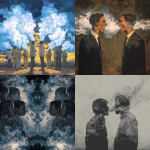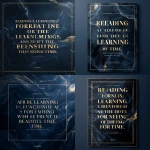Explore the Best AI Image Gallery

AIs Artistic Revolution: Reshaping the Graphic Design Landscape
The world of graphic design is undergoing a seismic shift, fueled by the rapid advancements in artificial intelligence (AI). This transformative technology is not only automating mundane tasks but also empowering designers with new tools to conceptualize and create stunning visuals. From generating logos and illustrations to crafting entire marketing campaigns, AI is reshaping the creative landscape, opening up exciting possibilities while raising important ethical considerations.
AI: The Creative Collaborator
AI-powered design tools are becoming increasingly sophisticated, capable of understanding complex design briefs and translating them into visually compelling outputs. Imagine an AI that can analyze your brand guidelines, target audience, and desired message to generate multiple logo options, each tailored to your specific needs. This not only saves designers time but also offers a wider range of creative possibilities.
Furthermore, AI algorithms can learn from vast datasets of existing designs, identifying patterns and trends to inform the creation of new and innovative concepts. This means that designers can leverage AI as a source of inspiration, pushing the boundaries of creativity and exploring uncharted territories in visual communication.
Applications Across Graphic Design
The potential applications of AI in graphic design are vast and continue to expand. Here are just a few examples:
- Logo Design: AI can generate unique logos based on specific keywords, brand values, and target audience.
- Illustration Creation: AI algorithms can produce custom illustrations for websites, marketing materials, or even childrens books, adapting to different styles and themes.
- Typography Selection: AI can analyze text content and recommend the most appropriate font styles to enhance readability and convey the desired tone.
- Color Palette Generation: AI can suggest harmonious color palettes based on brand identity, target market, or even the mood you want to evoke.
- Marketing Collateral Design: AI can help create engaging brochures, flyers, and social media graphics tailored to specific campaigns.
Ethical Considerations
While AI offers immense potential for graphic design, it also raises important ethical considerations that need careful attention:
- Copyright and Ownership: Who owns the copyright to designs created by AI? Is it the user who provides the input, the developer of the AI algorithm, or the AI itself?
- Bias and Discrimination: AI algorithms are trained on massive datasets, which can contain inherent biases. This can result in AI-generated designs that perpetuate stereotypes or discriminate against certain groups.
- Transparency and Explainability: Many AI models operate as black boxes, making it difficult to understand how they arrive at their outputs. This lack of transparency can raise concerns about accountability and fairness.
The Future of AI in Graphic Design
The future of graphic design is undoubtedly intertwined with AI. As AI technology continues to advance, we can expect even more powerful and sophisticated tools that will empower designers to create stunning visuals, explore new creative frontiers, and deliver innovative solutions.
However, its crucial to approach AI integration responsibly, addressing the ethical challenges and ensuring that human creativity remains at the heart of the design process. The ultimate goal is to leverage AI as a collaborative partner, enhancing the capabilities of designers and fostering a future where technology and human ingenuity work together to create a more visually rich and impactful world.
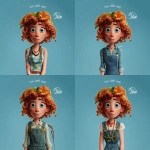




](https://images.ai-img.art/thumbnails/150/1202074d0d60b08b64d0f91f36468608aaac200a02b721cc8e6d8ec8a908432c.webp)
](https://images.ai-img.art/thumbnails/150/e6a179db327f0374ec327d0fdab48ac1f2dc47123eed103b0a41ed346280d07d.webp)
](https://images.ai-img.art/thumbnails/150/26c16e4f635deee86633de398088ca98d9bb748d6e7601436b07e882fab236cb.webp)







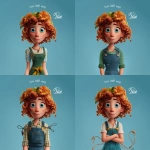

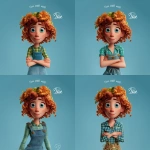
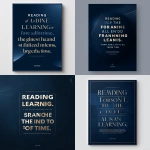


](https://images.ai-img.art/thumbnails/150/6c909fd6d38caac6572b592dd97831deb7d6562bba142798574677582676dfc1.webp)






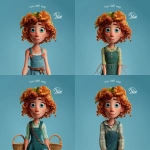
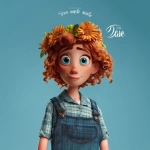

](https://images.ai-img.art/thumbnails/150/184b4b030e30be0a6d51b544226cb4cf2271977814d935d3aaa2b7529355b3b7.webp)
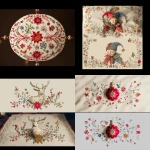
](https://images.ai-img.art/thumbnails/150/655229c40961cb7ff5abd4b4190e02c94ea1a961106e7547a562649c945268be.webp)







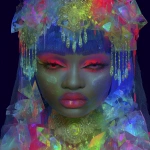





](https://images.ai-img.art/thumbnails/150/60973df1d727dbbf8e6922b7e4836814ab6012106eb9dcfe99aea7aec15f3710.webp)
